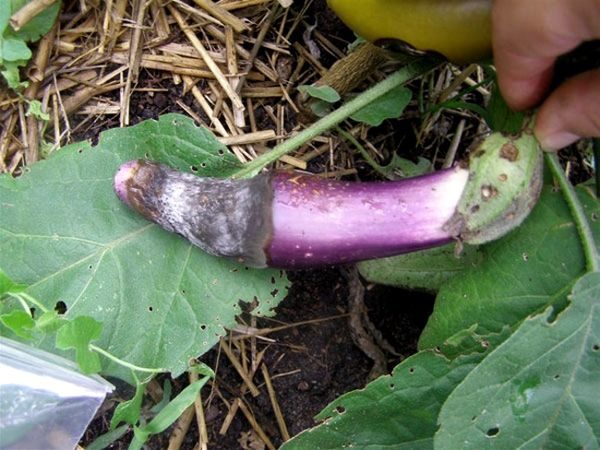 Symptoms of white rot in eggplant appear on the entire surface of the bush, and infection occurs through the root. The ailment can manifest itself in any growing conditions, in all regions, since the fungus actively develops with waterlogging, which depends not only on non-compliance with irrigation rules, but also on weather conditions.
Symptoms of white rot in eggplant appear on the entire surface of the bush, and infection occurs through the root. The ailment can manifest itself in any growing conditions, in all regions, since the fungus actively develops with waterlogging, which depends not only on non-compliance with irrigation rules, but also on weather conditions.
By what signs can you determine the disease, how to cure eggplant?
Content
Symptoms, causes of white rot on eggplant
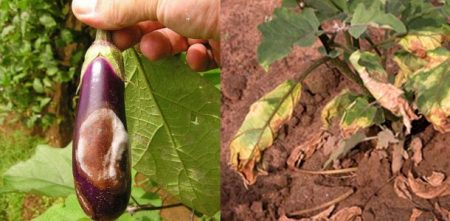 Sclerotinia or white rot is a disease caused by polyphage fungi that live and winter in the soil and on plant debris. Spores persist on seeds collected from infected crops. In the ground, the fungus can live up to 8, and sometimes up to 10 years. Spores awaken in cool conditions with high humidity.
Sclerotinia or white rot is a disease caused by polyphage fungi that live and winter in the soil and on plant debris. Spores persist on seeds collected from infected crops. In the ground, the fungus can live up to 8, and sometimes up to 10 years. Spores awaken in cool conditions with high humidity.
Developing, the fungus forms a mycelium, which on some parts of the eggplant bush appears as white plaque, followed by sclerotia and spores. Plants become infected from spores and small particles of mycelium, which are carried by wind, rain and insects. The disease is often focal in nature.
External manifestations of the disease
Irregular foci with whitish cotton-like bloom appear on the stems of the eggplant, inside of which seals (sclerotia) form. Gradually, these places soften, which causes a disturbance in the nutrition of the bush from the roots, the plant withers and dries.
In the high-risk zone are young bushes of eggplant (seedlings), planted in an unheated, highly moistened soil.
On the leaves, rarely and on the fruit, the disease manifests itself in the form of dark wet spots. The fruit itself draws water, first becomes soft, then slimy, large white spots form on the surface. At the last stage of infection, the fetus is covered with black seals (sclerotia).
The reasons for the development of white rot eggplant
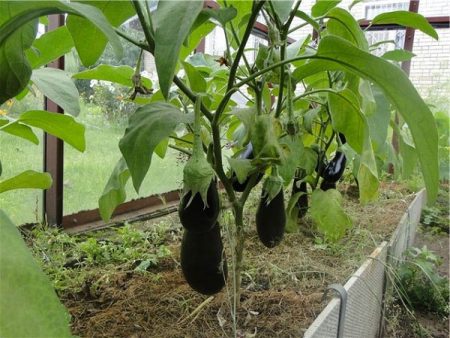 In greenhouses, to protect eggplants from all misfortunes, it is often enough to follow the rules of planting and cultivation. In open ground, plants are constantly exposed to external, weather factors. For what reasons, eggplant can get sclerotiniosis:
In greenhouses, to protect eggplants from all misfortunes, it is often enough to follow the rules of planting and cultivation. In open ground, plants are constantly exposed to external, weather factors. For what reasons, eggplant can get sclerotiniosis:
- frequent rains, increased soil and air humidity;
- improper watering, use of cold water;
- non-compliance with recommended planting patterns (thickening).
Particular attention should be paid to beds with eggplant, if white rot has appeared on neighboring crops. The fungus spreads very quickly, untimely treatment will lead to an epidemic of the disease. Fruits affected by sclerotiniosis are not suitable for storage in a common container with healthy ones. Spores, sclerotia of the fungus will spread fairly quickly across all fruits, destroy the entire harvest.
Prevention and treatment of white rot in eggplant
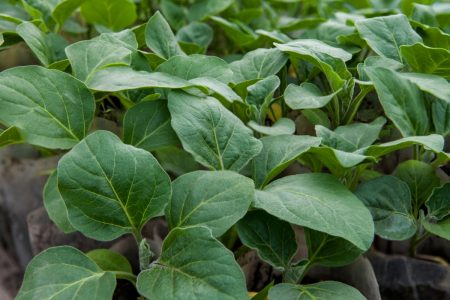 The best plant protection against various diseases is competent care. Compliance with the rules of agricultural technology is the prevention of all sorts of ailments. What measures will help protect eggplant from white rot:
The best plant protection against various diseases is competent care. Compliance with the rules of agricultural technology is the prevention of all sorts of ailments. What measures will help protect eggplant from white rot:
- Eggplant should be planted only when stable warm weather is established (+ 18–20 degrees in the afternoon). In dangerous periods, with the threat of a sharp, significant cooling, the beds need to be covered. The soil on the eggplant site should be loose and permeable, heavy soil must be structured, it is desirable to organize reliable drainage.
- Eggplant is planted in the same place every 4 years.The best predecessors for the crop are cucumbers, early ripe cabbage and onions, and the worst are potatoes, peppers and tomatoes.
- If last season in a selected area (in the open ground) the plants were sick with white rot, the soil must be decontaminated before planting the eggplant. In the greenhouse, the soil can be replaced.
- It is not necessary to water the eggplant according to the leaf, but under the root, and it is even better to make grooves (along the beds) for watering. Before flowering, eggplant is watered once a week, during flowering, fruiting and in drought - 2 times in 7 days. For irrigation take only warm water. After each watering or after rains, the earth must be loosened carefully so that the roots receive a sufficient amount of oxygen.
- In the greenhouse, the air humidity should not be higher than 70%, after watering the room is ventilated.
On the beds with eggplant should always be clean, do not let the weeds sprout, remove all plant debris away from the garden. Bushes should be well ventilated, tall varieties must be tied.
If rainy periods accompanied by a drop in temperature are not uncommon in the region, then planting resistant varieties of eggplant will be a good prevention of fungal diseases:
- Epic F1;
- Diamond;
- Handsome black man;
- Vera;
- Bibo F1;
- Albatross;
- Graffiti;
- Quartet;
- Robin the Hood;
- Valentine F1.
When choosing a variety, be sure to consult the seller, or go through the forums, find the suitable varieties for your area, and among them choose resistant to fungi. Buy seeds only from trusted, trusted growers.
How to disinfect the soil
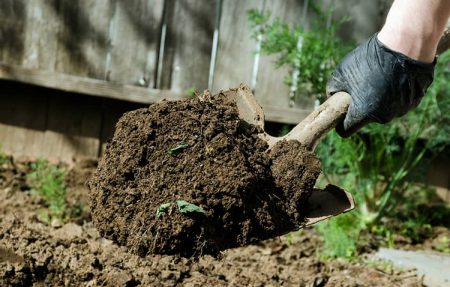 The causative agent of white rot eggplant is very tenacious, the beds where outbreaks of the disease were observed, even with timely treatment of crops, remain potentially dangerous. Replacing the soil is a very time-consuming task, you can go the other way - to cure the soil. We describe 2 ways to solve the problem.
The causative agent of white rot eggplant is very tenacious, the beds where outbreaks of the disease were observed, even with timely treatment of crops, remain potentially dangerous. Replacing the soil is a very time-consuming task, you can go the other way - to cure the soil. We describe 2 ways to solve the problem.
Biological products
In small areas or in various greenhouses, it is advisable not to use chemistry. Use preparations containing microorganisms that destroy the fungus and do not harm humans, soil inhabitants, animals and insects. The most effective are Baikal EM-1 and EM-5, in the fall they are introduced 15–20 days before the first frost, in spring, when the soil warms up a little, the procedure is repeated.
Among other biological agents that give a good result, we distinguish Bactofit, Trichodermin, Planzir, Alirin B, Phytocide, Fitosporin, Flora-S and Fitop-Flora-S. Preparations should be made in the fall and spring under a shallow (5–10 cm) digging. To determine the dose of any drug, be sure to read the instructions or consult with the seller.
Chemicals
For chemical disinfection of the soil, purchase drugs that have a 3 or 4 hazard class. After processing, it is better to take a break, leave the area empty for one season, since chemistry kills not only the fungus, but also the beneficial microflora. Even with systematic fertilizer, plants can develop poorly.
After collecting vegetables and harvesting plant debris, the soil can be treated with a 3% solution of Bordeaux fluid. In spring, when warm, dry weather is established, a 4% solution of copper oxychloride, or a 2% solution of Oxychoma, is introduced into the soil to a depth of 15 cm. Recommendations regarding the number of solutions per square meter are described on the packaging of the products.
How to cure eggplant from white rot
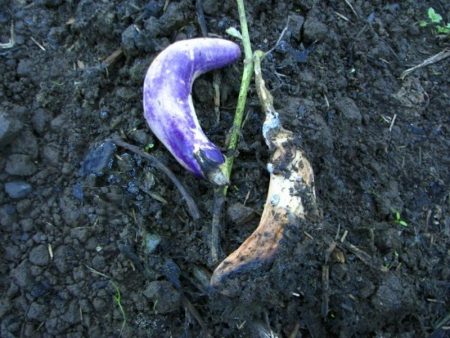 If the first signs of sclerotiniosis on eggplant are detected, all affected parts of the bush should be cut off. Any mechanical damage is a kind of infection gate; all wounds are immediately treated with crushed chalk or wood ash. It is advisable to sprinkle peat crumb over the soil surface and normalize watering.If it rains during this period, organize drains and, if possible, loosen the soil. To support the plant, it can be fed with complex mineral fertilizers.
If the first signs of sclerotiniosis on eggplant are detected, all affected parts of the bush should be cut off. Any mechanical damage is a kind of infection gate; all wounds are immediately treated with crushed chalk or wood ash. It is advisable to sprinkle peat crumb over the soil surface and normalize watering.If it rains during this period, organize drains and, if possible, loosen the soil. To support the plant, it can be fed with complex mineral fertilizers.
In the initial stages, spraying with a solution of copper sulfate (2 grams per liter of water) or 1% Bordeaux liquid will help stop the development of the fungus. 2-3 treatments may be required with an interval of 7-14 days, depending on weather conditions. The bushes are moistened abundantly, touching the back of the leaves.
You can use other copper-containing drugs, the alternation of various means will not be superfluous. In advanced cases, the eggplant is not subject to treatment, the bushes are thrown away and begin to disinfect the soil.
Follow the recommended time between processing and harvesting! Copper sulfate - 8 or 10 days, Bordeaux liquid - 20 or 25 days.
To eliminate white rot on eggplants, the same biological products are suitable as for disinfecting the soil. But it is worth remembering that the treatment process with such agents is rather lengthy, therefore it is better to use them for preventive purposes (systematic treatments from the moment of planting to the beginning or until the end of the harvest).
Finally, we give a couple of tips. Since young eggplant bushes are most susceptible to white rot, try to handle seedlings as carefully as possible. Any damage will inevitably lead to damage to the plant by fungi. When self-collecting seeds, be sure to carry out pre-sowing preparation (disinfection and sorting). Before starting to apply any means to the soil, it is advisable to spill the beds with boiling water. Often, heat treatment kills up to 30% of spores.

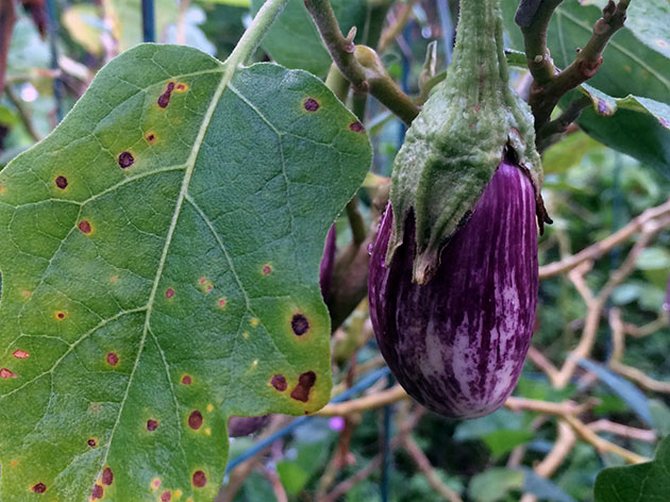
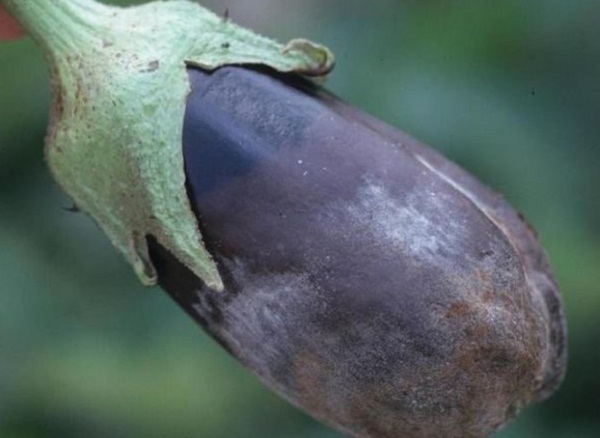
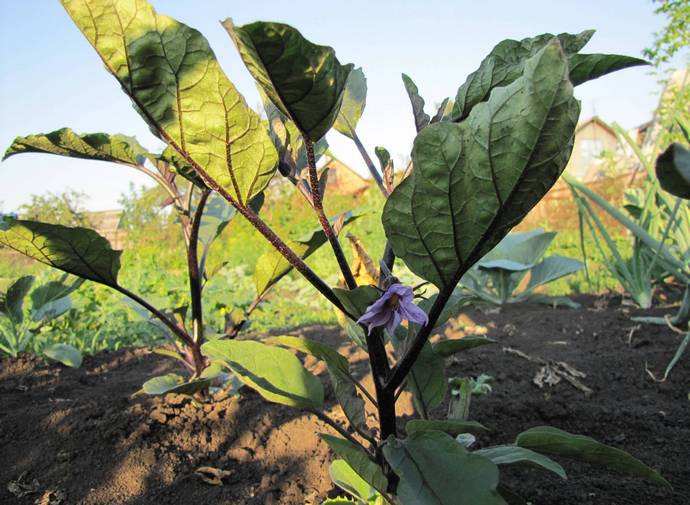 Eggplant have a empty flower? Save together with simple methods
Eggplant have a empty flower? Save together with simple methods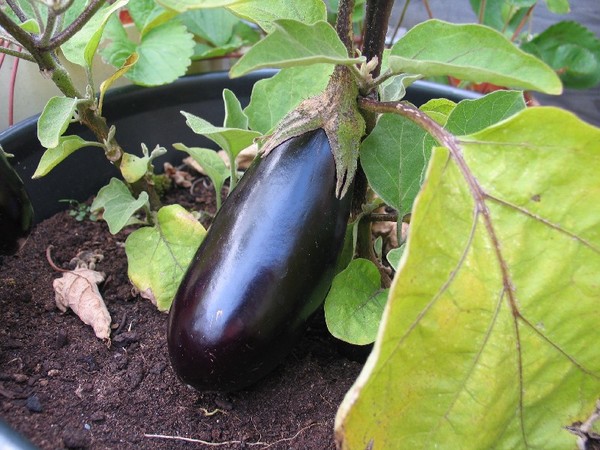 Why and what to do if the leaves turn yellow and wilt in the eggplant
Why and what to do if the leaves turn yellow and wilt in the eggplant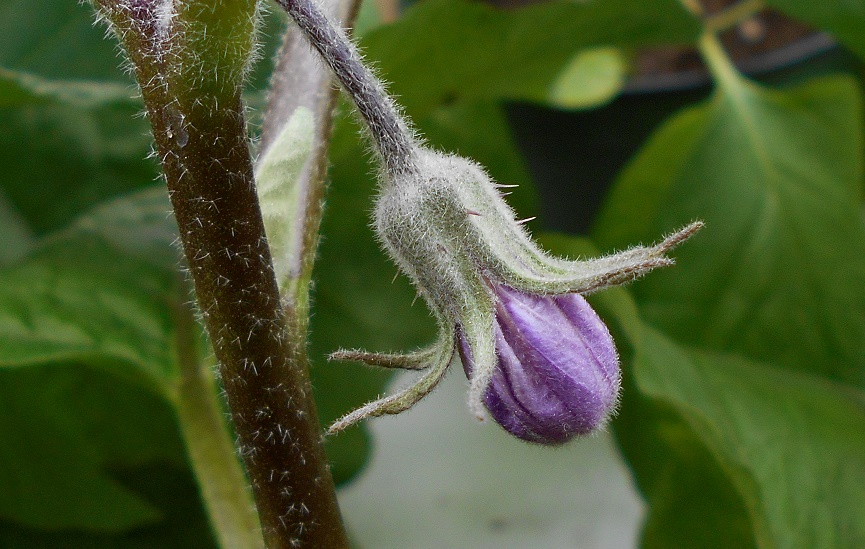 How to help eggplants to prevent flowers falling in the greenhouse?
How to help eggplants to prevent flowers falling in the greenhouse?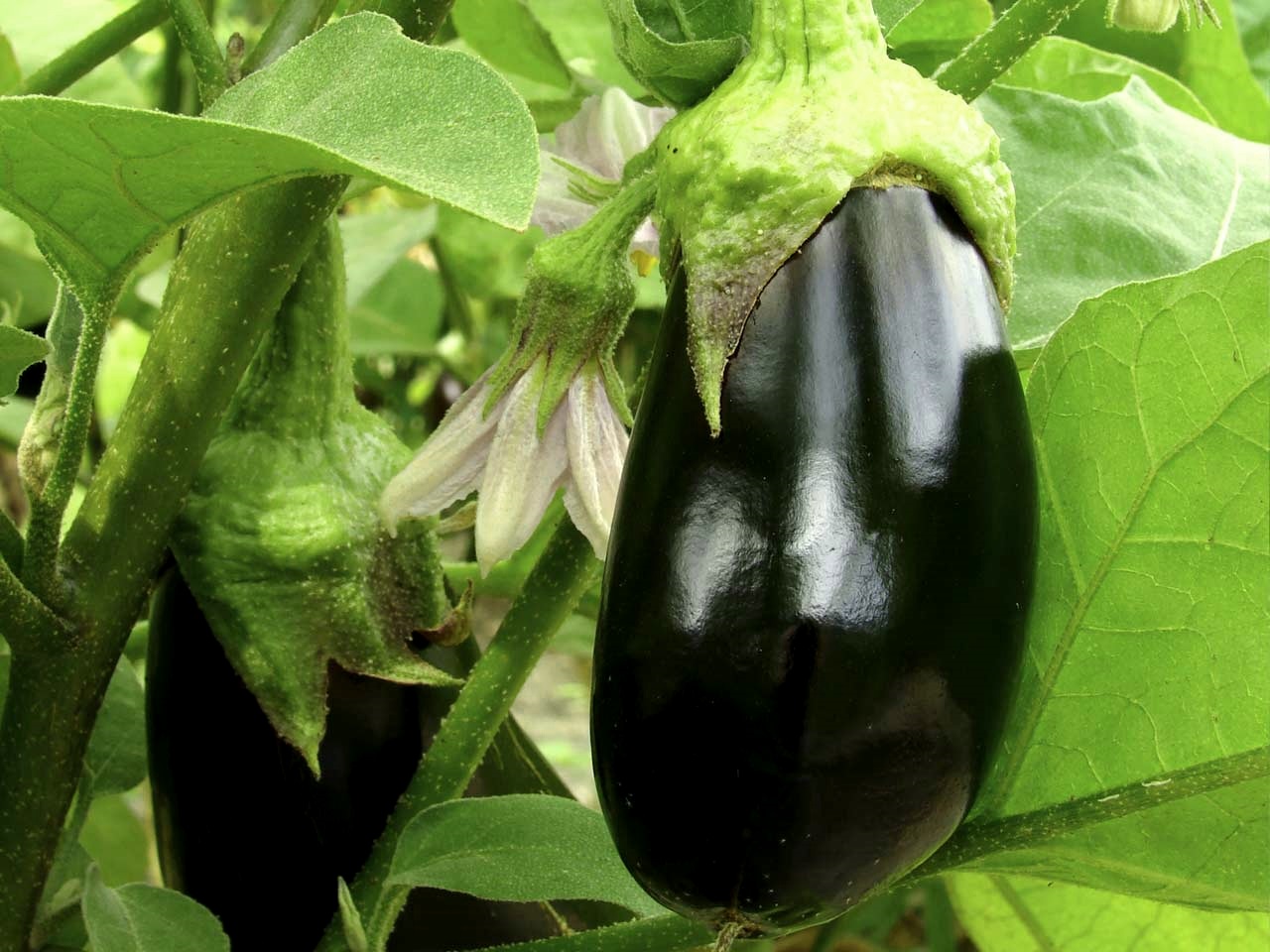 What to do to get a good eggplant crop in a greenhouse
What to do to get a good eggplant crop in a greenhouse